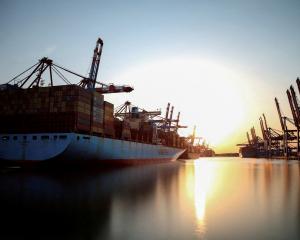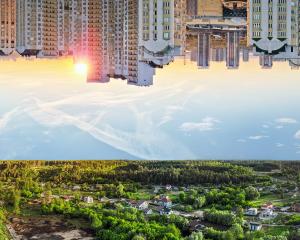The discovery was made on the Gouland Downs, a wild and almost inaccessible tract of country, which the Right Hon. W. F. Massey, on the suggestion of Mr H. G. Ell, M. P., recently declared a sanctuary under the Animals Protection Act.
The kakapo is one of the most remarkable parrots in the world.
It has a dull plumage - mostly green varied with brown - and is large, heavy, and flightless, but its wings are used in running and as a means of balancing the bird on trees, which it climbs with its bill and feet.
''It repays kindness with gratitude, and is as affectionate as a dog and as playful as a kitten,'' a work on the New Zealand birds states.
It is a night bird, and spends most of the day in holes or burrows in the ground, and sometimes under the roots of trees.
The kakapo is one of the New Zealand birds figured in the Hon. W. Rothschild's work on ''Extinct Birds'', and ornithologists in all parts of the world will be interested in the announcement that, so far from being extinct, it is fairly plentiful in places where it lives under the shield of the law.
Mr Clouston, who made the discovery, was instrumental in having the Gouland Downs declared a sanctuary.
• A memorial service for those who have lost their lives at the Dardanelles was held at St. Paul's Cathedral, London, and the proceedings were deeply impressive.
A crowded congregation included relatives of the dead, and 400 Australian and New Zealand wounded men from Weymouth and Harefield park (some on crutches, with limbs bandaged, and many wearing hospital garments).
Rows of khaki-clad soldiers filled the space under the dome.
The Australian and New Zealand flags were above the choir.
The Archbishop preached the sermon.
He said they met for a sacred purpose - thanking God for the splendid devotion of their brethren from Australia and New Zealand, who in the cause to which the Empire had set their hands ''loved not their lives to the death''.
The feat of April 25 had never been outshone and seldom equalled.
If a picture of the perils of the landing could be painted, the dauntless gallantry of the brave men would be shown storming the heights and holding on afterwards.
Their deeds had become part of the Empire's heritage for ever - deeds more splendid and inspiring when they remembered that they were not the achievements of some veteran corps, but men who a few months before were civilians in the bush, on sheep runs, and in the townships of Australia and New Zealand.
The Archbishop continued: ''Who would have thought, when the young nations were implanted in the southern seas, that 100 years later their sons would cross the seas and share the Empire's burden in a world-wide war; be disciplined under the shadow of the Pyramids, and make their first onset on the Plains of Troy? Yet these things had been done. Fearful would be the cost; but the great roll of the drums in the `Dead March' that night would reverberate the thanks of the Motherland to the farthest limits of the Empire. God give us grace to bear ourselves as a united people, that we may build out of this welter of pain and strife a nobler habitation to which the honour and glory of every nation may add something distinctive.'' - ODT, 17.6.1915.
• COPIES OF PICTURE AVAILABLE FROM ODT FRONT OFFICE, LOWER STUART ST, OR WWW.OTAGOIMAGES.CO.NZ












